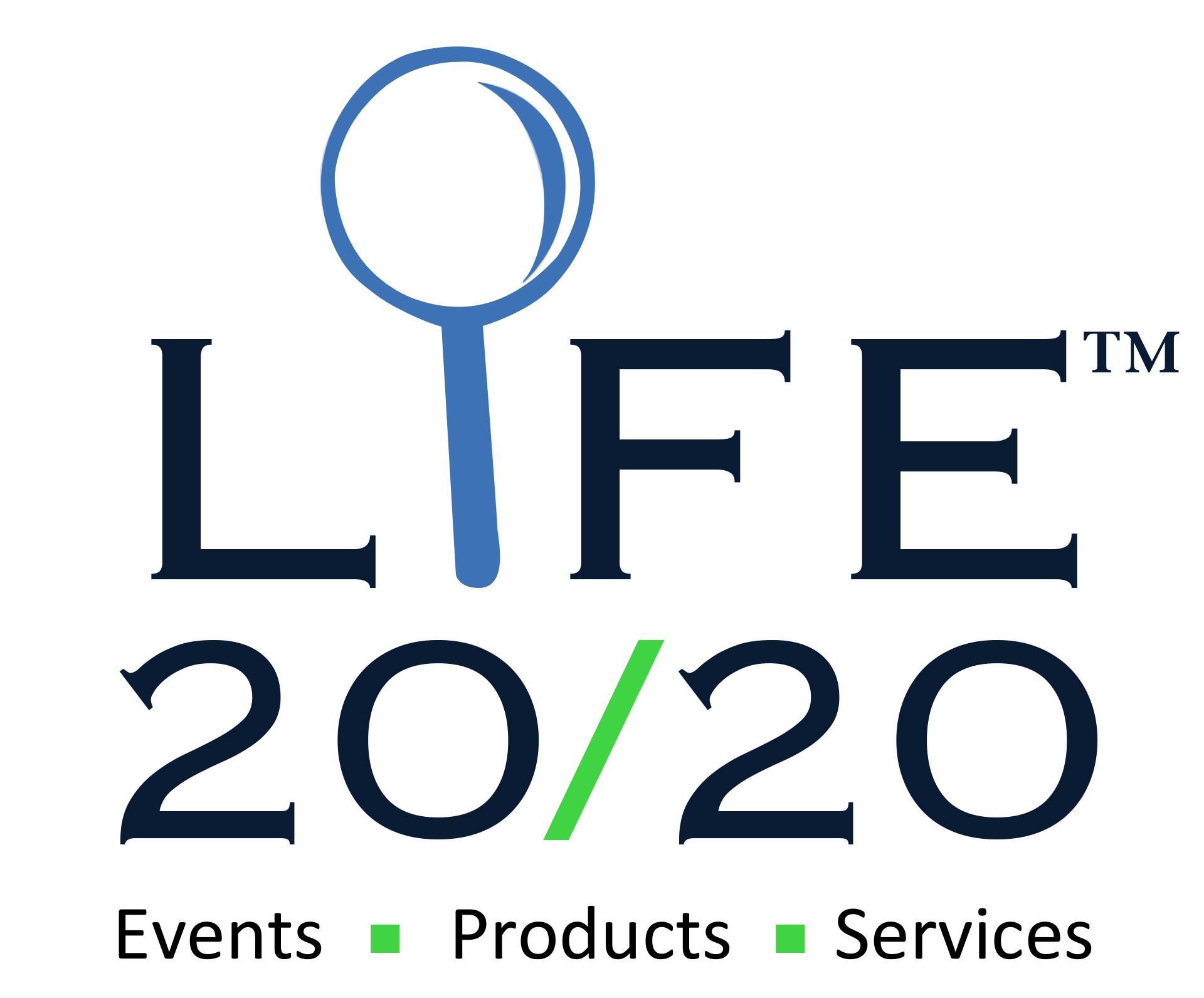LEVEL 4
SOCIAL JUSTICE DYSON FIDELITY MEASURES
Keeping it “real”
Note: “Real” is the by-product of a dynamic struggle among black folk; one that is still very much alive as it relates to new vs. old school; the younger vs. older generation; and poor people vs. those who identify with or embrace middle aspirations.
Note: For decades, black artists have shaped the world’s perception of black street culture, for decades.
Note: Black artists today draw from the bravado and flourish of rap music vs. years ago it was jazz.
Note: Even more than their predecessor, hip-hop artists play a critical role in circulating the meanings and messages of urban black culture.
key discussion question
Some people believe black people have historically felt pressured to be morally exemplary in a way that white folk as a group have never faced.
DISCUSSION QUESTIONS
Is this a problem? If so, why? If not, why not?
What qualifies white people, or any other race of people to set the standard for decency and respect.
Should the standard for the high road of morality be set my white people?
More discussion questions
How well we’re attending to our children’s education?
How much of pop culture should our children consume?
Should religion play a role in helping our children form values?
What morals should be taught in school?
How should we address the economic and social barriers that prevent some children from flourishing?
NOTE 24: These five themes continue to occupy black life and have for at least the last couple of centuries. This moves us to the topic of what some describe as a “racial uplift” philosophy.
Racial Uplift
Believed to be sought by the so-called “black elite”.
“Black elite”: those who view themselves and other view them as “uplifting the race”.
“Black elite” have two prongs.
First prong:
Extended from the folk religion of a slave/master/savior narrative.
Touted personal, spiritual and social transcendence of earthly suffering
Second prong:
Characterized by self-help, racial solidarity, temperance, thrift, chastity, social purity, patriarchal authority, and the accumulation of wealth.
Sought by those who believe they possess the moral authority to distinguish themselves as agents of civilization from those they view as the undeveloped black majority.
Ways of explaining
Internal self-explanations
Stress social-psychological variables having to do with ability (talent, intelligence and skills) and effort (desire, dedication, motivation).
External self-explanations
Involves social-psychological variables that have to do with opportunities (family background and other life circumstances) and luck (fate and chance).
Personal Responsibility
Involves the individual being accountable for his or her actions
Acts morally in a way that is helpful to him or herself and to the members of his or her family, community and society.
Final Take-Aways from W.E.B. Dubois:
Compassion and insight for the poor is the hallmark of true civilization, sacred or secular.
“Above all, the better classes of the Negroes should recognize their duty toward the masses. They should not forget the spirit of the 20th century is to be the turning of the high toward the lowly, the bend of Humanity to all that is human.”
“The recognition that in the slums of modern society lie the answers to most of our puzzling problems or organization and life, and that only as we solve those problems is our culture assured and our progress certain.”
Finally, the Negro must cultivate a spirit of calm patient persistence in their attitude toward their fellow citizens rather than of loud and intemperate complaint.
